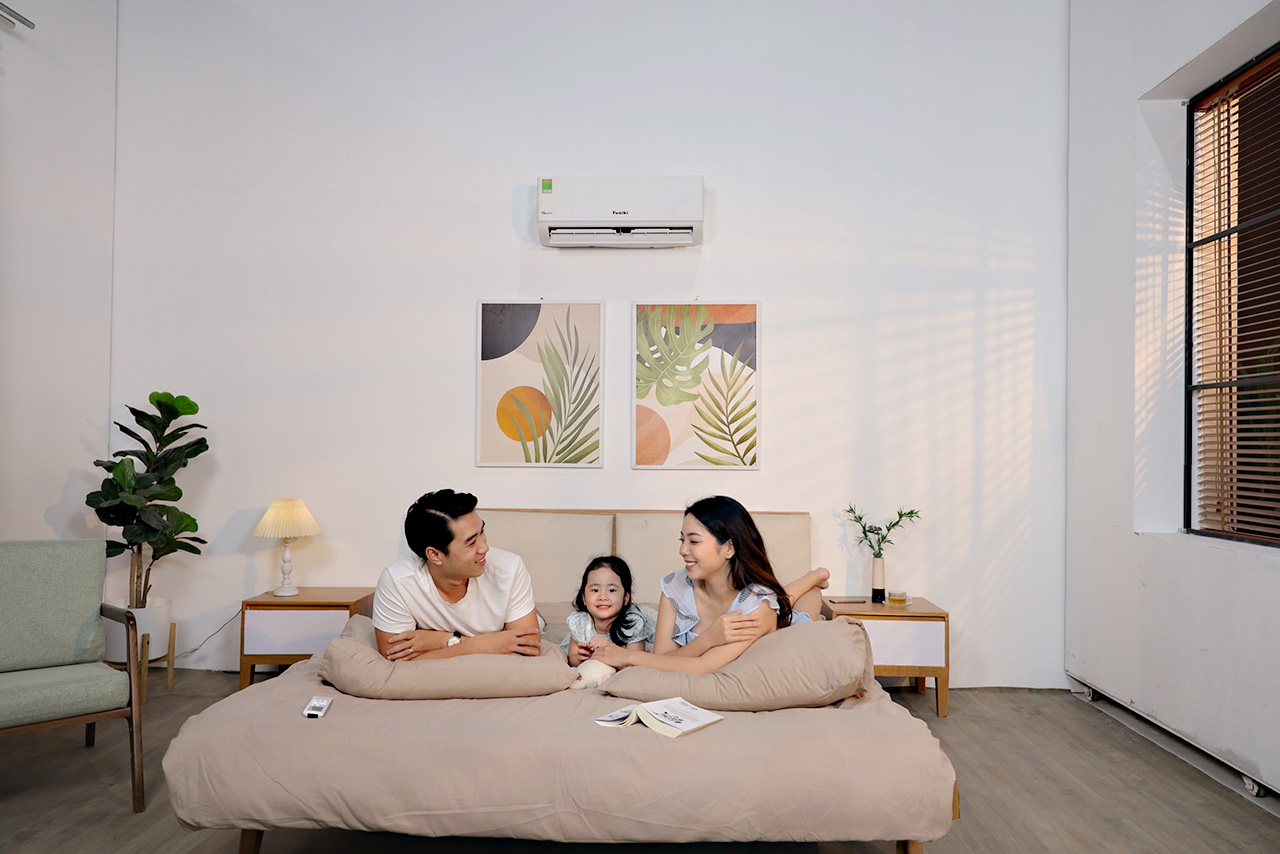
However, what manufacturers act on comes from the competition in technology and using their internal strength to measure the quality of a TV. They forget that technology is only one side of the problem. Users' needs for products associated with daily life can also be exploited in many different ways, as can their ability to understand and develop. Therefore, TVs based on the actual needs of users can be successful in the 2018 market.
Critical trends for TV success in 2018: Be significant and intelligent
According to statistics from reputable market research organizations worldwide, consumers today tend to be interested in a few key factors: large-format TVs of 55 inches or more, integrated intelligence, artificial intelligence (AI), and the Internet of Things (IoT). As a result, when the display quality on TV is saturated, consumer choice trends are based on the most practical daily conveniences.
Smart TVs in 2018: Interact with users and capture everything in the palm of your hand
In the industrial revolution 4.0, it is no coincidence that artificial intelligence and connected things are the technologies of most interest to many fields. Everyone wants technology devices that genuinely understand what they want and need and assist them in achieving those goals to do other things with their hands-free. Especially with family life, having an assistant can't help us with everything, but it can replace a word to ask someone to help us turn on a TV or tell us the day's weather tomorrow or what time it is now is also essential.

Even better, when that interactive TV can connect with other intelligent devices in the family, such as refrigerators, air conditioners, washing machines, PCs, indoor lighting systems, etc., it will lead to a dream life without remotes. But unfortunately, the controls are so numerous and obnoxious that there are too many for us to remember all the buttons, and even when they fly without wings, it confuses us.
For the first time, the TV market in 2018 marked an important milestone. For the first time, people saw a "brilliant" TV when it could communicate with humans and execute the commands we give by voice. And that TV becomes extremely powerful when combined with the SmartThings feature to help connect intelligent devices in the home. Every family's comfortable and modern lives can turn to a new page from here.
Seeing the trend, but a little later, LG will follow Samsung's lead and release a more intelligent version of its TV with AI called ThinQ.
TVs in 2018: TVs 55" and above are growing strongly
According to the general trend, the large-format TV product lines are seeing softer prices, and consumers are also willing to pay for such TVs. Besides, 4K resolution and equivalent digital content have become much more popular. Moreover, more accessible access to high-end experiences has pushed the demand to buy new and upgraded TVs in this segment even higher. So the growth of TVs from 55" and above is entirely understandable.
Never underestimate the importance of minor details in television in 2018
If TV companies continue to compete for display quality without paying attention to the details, that TV brand cannot convince customers no matter how good it is. Many factors seem to be very small and can be ignored, but they are the reasons that go against the user's needs.

Should or should not choose products with a short lifespan?
In terms of images, panels like OLED can give excellent experiences at first. Still, the image quality will slowly degrade after a while due to the aging of organic molecules chemical. So, with a high-end home appliance, is it better to trade off the lifespan of the TV for an experience that's only good in the beginning or to choose a sustainable QLED over time?
The experience of a beautiful morning filled with golden sunshine can turn into a disaster when you can't follow what's on the TV because the surroundings are too bright. Unfortunately, these are also minor minus points that you may overlook under the lights of the supermarket. Therefore, TVs with a high brightness of 1,500 or 2,000 nits, such as Samsung's QLED models combined with new light-absorbing panels, are options that are enough for any TV placement in your home.
We can see that TV production is not only based on technology through the above factors. Understanding the actual needs of users and finding ways to satisfy all of them bring a brand to success.
According to Nhip song kinh te (Economic Life)






